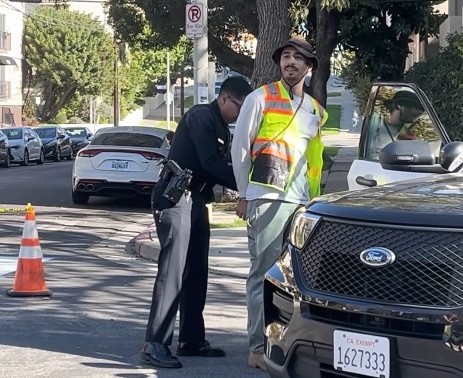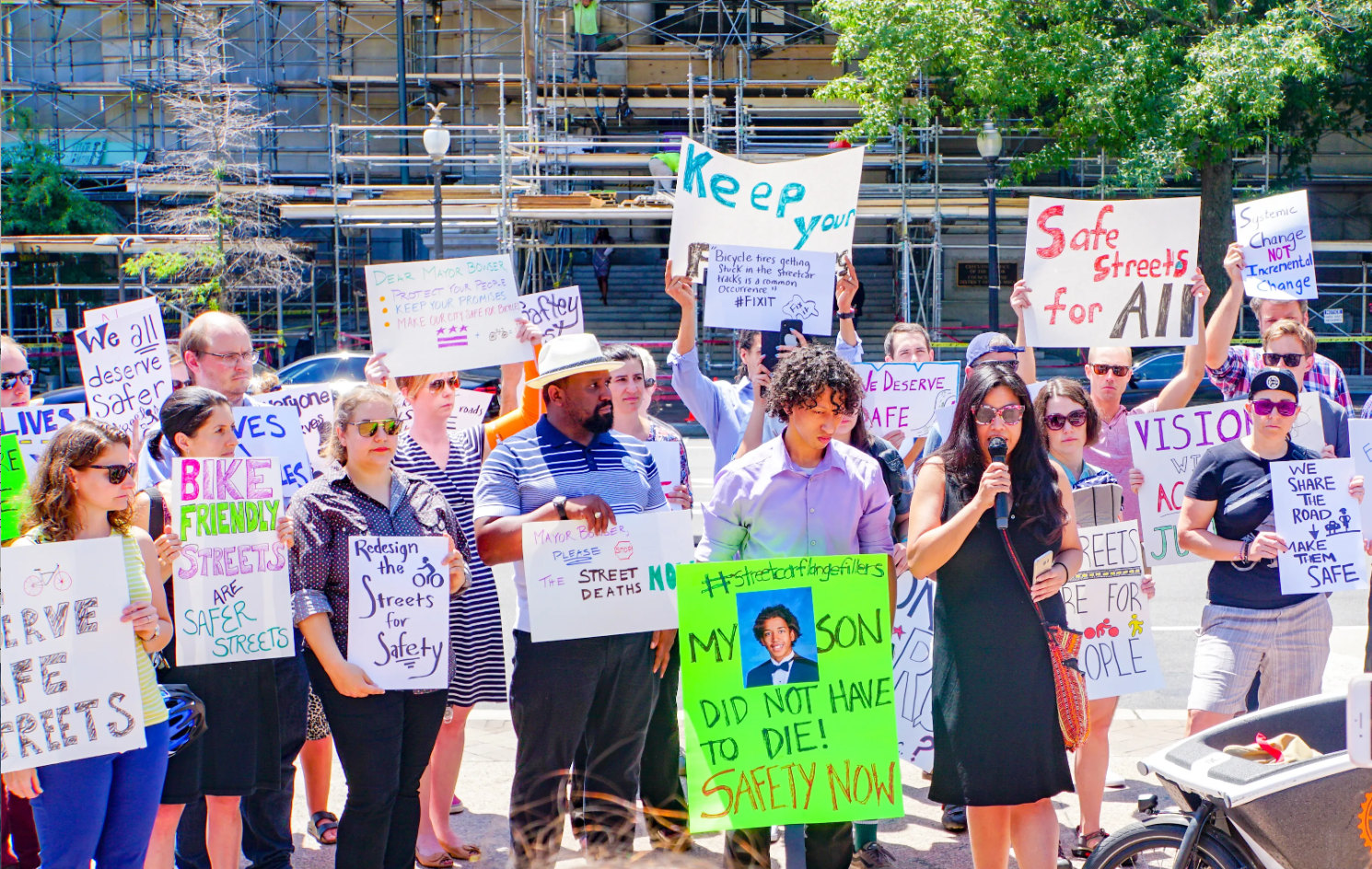Asal Bidarmaghz, a lecturer in geotechnical engineering at the University of New South Wales in Sydney, discusses underground infrastructure and its importance for the future of cities, including underground climate change, coordination among long-term projects, and appropriate land use.
For those of you who get your news through your eyes and not your ears, there’s an edited transcript below the audio player. If you want a full, unedited transcript (with some typos!), click here. If you want to listen, here you go:
Jeff Wood: So the, the article that I wanted to chat with you about, because I was super fascinated by the piece, was put out by the University of New South Wales about your work on underground city plans. Why would a city want to create a plan for below-ground infrastructure? I mean, we have city plans for the surface, but why would they want to go and think about underground?
Asal Bidarmaghz: That’s a very good question. I guess it is somehow getting to the new trend in some major populated cities that we have gone enough upward and outward, and then it’s now to go underground. It’s all about the fact that the premium land is limited and is already taken. If you want to live within a city, definitely one way is going down. Perhaps years ago, decades ago, there was another reason for that, for example, due to safety when it was war time or because of the climate conditions in cold climate regions. But these days, if you look at Singapore, for example, thinking of their subterranean city, the main reason for that is that they think they have to accommodate a huge amount of residents, a number of residents in the future, to keep up the economy.
[It's a] small island and they have to go underground. This will happen in many other cities. If you look at New York, it's also somehow congested, and in Australia, perhaps we don’t have that problem yet because Australia is a huge island. We don’t suffer from space limitations yet, but we will get there as cities will not grow as quickly as they used to grow. Whereas population in the cities is increasing rapidly, not only Australia, but around the world. So the main reason these days for going underground is space. That’s why we put our tunnels underground. The same reason can [justify] putting our retail and entertainment spaces underground.
Wood: It’s really interesting. You mentioned Singapore. One of the things that has been interesting about what they’ve done is they've reformed their land-use laws specifically to kind of take away property ownership below their basements, which I thought was really interesting. Our mineral and land rights specifically [are] major obstacles to underground policy in a lot of places.
Bidarmaghz: Absolutely. Yes. That’s one of the things that must be addressed from the very beginning, for example, in the U.K., it’s like you own from heaven to hell, and that must change if they are actually going to use underground way more than they used to use it. These are the first of those policies that need to be changed to just prevent some private land issues, etc.
Wood: How would a municipality or a city go about making those changes? Is it just a simple zoning or land-use law change, or is it even more complicated because it’s underground and it’s kind of a survey issue and people probably don’t really know what the subsurface rocks are, or those geological issues are, etc.?
Bidarmaghz: From the land-law point of view, I don’t think it’s going to be a very complicated. I’m not expert, it is not my forte, but I don’t think it’s going to be a very complicated thing. It only prevents some over-excavations and over-utilization by private sectors, as used to happen. For example, in London, we used to see basements up to 20 meters below surface, private basements with car parks, with tennis courts, with many entertainment areas. So that will definitely be stopped. But from there, for example, the engineering point of view or what is happening underground, as I mentioned earlier, I think we can definitely classify the most important challenges into three [or] four categories. One is the urban-planning or subsurface, urban-subsurface planning issues.
First of all, we have to know what is going on underground at the moment — this is dynamic —and then have a good idea about what will happen. What are the future scenarios, to be able to map subsurface properly in big cities and then get to a sustainable planning when we don’t have any idea of what are our varied assets, what are the utilities? What is exactly going on? What are the high-voltage cables or sewer system? We cannot really think of a comprehensive urban-subsurface plan for many years to come like a long-term plan. This is one thing to address.
The other thing is that from the engineering point of view. So far, when we want to construct a tunnel or any underground structure, the most important thing is that. So well, of course the tunnels mostly go under the transport tunnels under the city. Also, as long as the ground is stable enough, then that’s doable and we can excavate and we can have a stable structure. That’s it. However, this is not the only thing that we should consider. We have to think of what will be the plan in 50 years, in 100 years. If I construct my tunnel at this location today, would that prevent any further sustainable developments in the future? This is something that we do not look at, not in Australia, not everywhere else that I am aware of. In some countries like the us or the U.K., they’ve started to looking at it with a huge help from, for example, British Geological Survey coming into play for mapping subsurface. But in many big cities, it hasn’t happened yet.
The other thing, which might not be as much of interest to engineers, but from the environmental point of view, what are we really doing into the environmental aspects of this, the groundwater? What if the groundwater temperature goes high significantly? What will happen to all the species living in that groundwater under cities? Is this something, or what will happen to the safety of that groundwater? If it is a drinking water, what are the chemical reaction that might happen due to the temperature increase? So there are so many aspects that we can look at it. It is definitely beyond engineering. It is urban planning. It is environmental. It is policy making.






